3. NFE employs richly experimental visual aesthetics and narratives
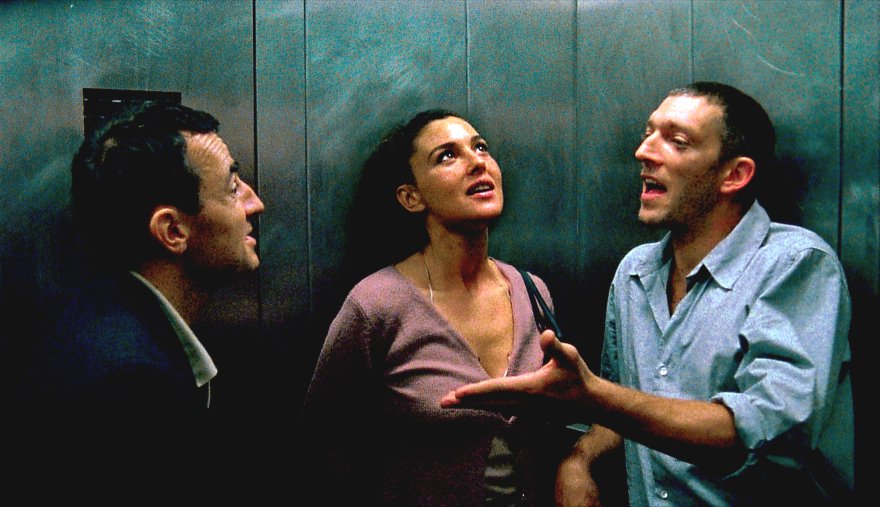
Here we must first separate the idea of aesthetics from that of aestheticization. While the latter is confined to simply making things appear beautiful, the former contains within it concepts that range from beauty to ugliness, and from sublimity to absurdity. We might usefully draw a parallel here to the difference between sincere, heartfelt sentiment, and maudlin or saccharine sentimentality.
There is a general narrative simplicity in NFE films, and this simplicity provides an ideal container for experimentation. Breillat’s Anatomy of Hell transpires largely in a single room. Bustillo and Maury’s Inside transpires almost entirely in a single home. Dumont’s Twentynine Palms has a main cast of only two even though they road trip though many physical locations. Noé’s Irreversible is an otherwise somewhat conventional rape/revenge story that draws much of it’s unique strength from being told in reverse.
Deliberate avoidance of narrative complexity is far from being unique to the NFE. It is routinely used as a technique for producing the Brechtian distancing effect – preventing the audience from immersion in the story, and instead forcing more conscious critical attention onto the ideas in narratives and onto the manner of their conveyance. This opens up possibilities for a fascinating push/pull effect when narrative distancing is combined with the often hypnotic and detailed precision of NFE visual (and auditory) aesthetics.
In Philippe Grandrieux’s documentary about Japanese filmmaker Adachi Masao It May Be that Beauty Has Strengthened Our Resolve, Adachi is gradually revealed as an artist whose ideas resonate powerfully with Grandrieux’s. Adachi says something early in the film that could easily come from Grandrieux himself, or any number of other NFE filmmakers. “I felt that I could actually visualize things I couldn’t understand. Yes… that must be it. I don’t know what to do… I don’t even know what to do with all the things I don’t understand. But I carried on. It had to be what I wanted. (…) What am I supposed to do? That’s why I make films. I can only express this with films.”
The aesthetics of many NFE films stand at this frontier of not understanding things. It is unsurprising then, in Grandrieux’s film Sombre, that long moments pass in near total darkness—at this literal frontier of revelation. This idea is even built into the film’s title itself, which translates as “Darkness.”
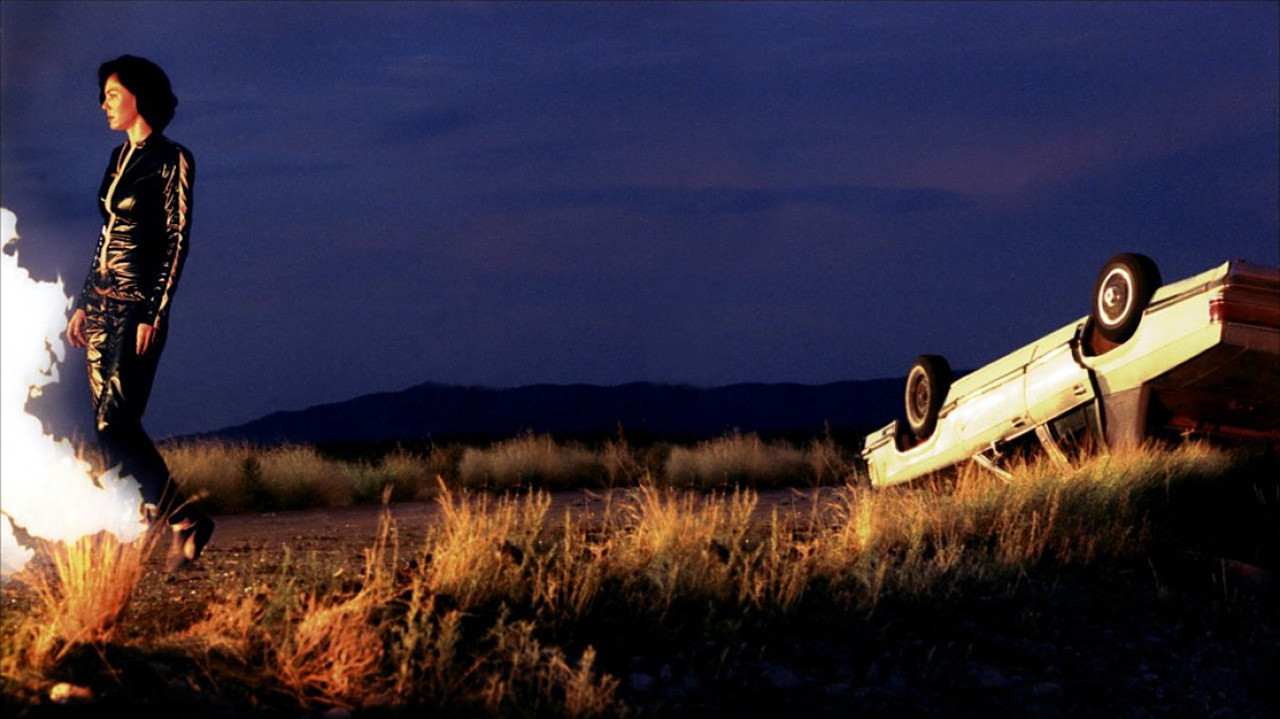
Grandrieux’s films make a clear effort to translate raw, intense human experiences into moving images and sound in a way that has next to no connection with what we usually call drama. In La Vie Nouvelle dialog scenes are rigorously structured to avoid photographing characters in shot/reverse shot as they speak. Grandrieux resists this tendency—more natural-feeling as it is to audiences—replacing it with long takes in which both characters (often wordlessly) interact with each other within or at the edges of the frame.
Clearly motivated reaction shots—which would also feel more familiar—are replaced by long takes during which characters, alone within the frame, appear to be reacting to something or someone that is firmly kept out of the frame. In some cases what they react to may be out of the physical space of the scene entirely—a character having already left the room, for example.
As in Sombre before it, in La Vie Nouvelle Grandrieux provides a skeletal plot as a framework to explore the raw experiences of his miniscule cast of barely drawn characters, as they flicker across the often dark, occasionally quivering, and sometimes even unfocused frame.
We are provided with just enough visual coding of the characters and setting—a jewelled ring on the finger of one pimp, a fur-lined coat and hat on another, a red-lit strip club, bare hotel rooms and an open field with a cage full of muzzled attack dogs—to recognize that this is a story about prostitution (perhaps even human trafficking) in which a young man (perhaps an American) becomes obsessed with purchasing the freedom of (or perhaps just purchasing) one of the women who belong to a small crew of vicious pimps in a ruined East European city (perhaps somewhere near Kosovo).
The viewer arrives on a frontier where what could be called communication in narrative terms falls away into an abyss of visualized experiences that are so debased both in their objective content and in the aesthetics of their presentation that they genuinely defy understanding. While obviously these visualized experiences are mediated to us through the screen, this mediation is radically lacking the familiar dramatic conveyances of audience identification, character motivation, development arcs, plot points, etc.
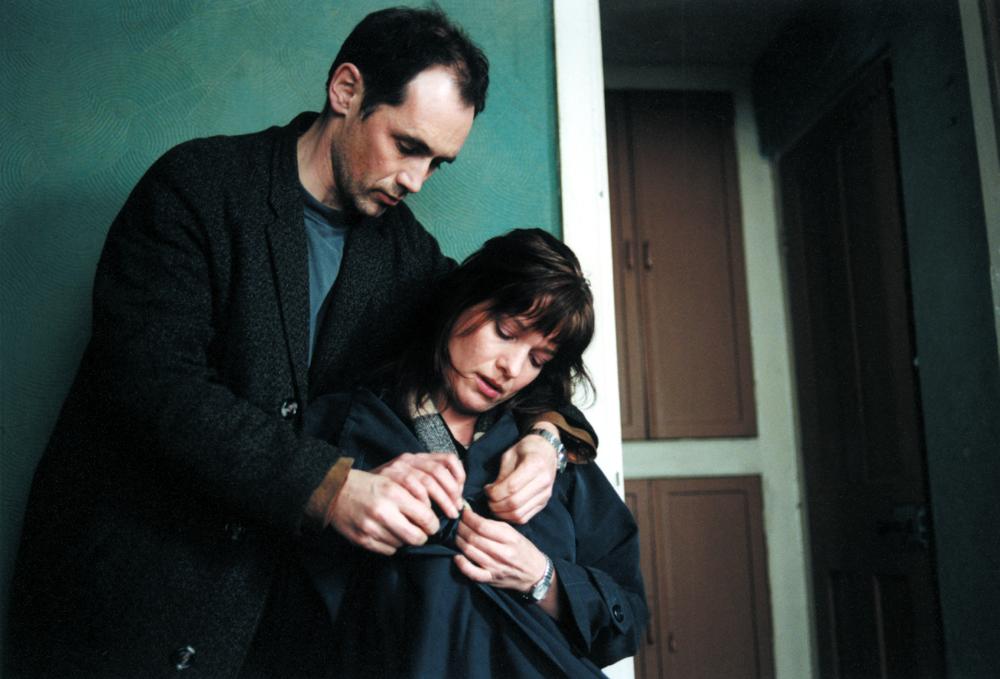
This frontier of understanding is similarly visualized in the opening moments of Fabrice Du Welz’s Vinyan. For a period that lengthens uncomfortably, the entire frame contains nothing but layer upon layer of fine bubbles in black water. Slowly this dense field of bubbles becomes tinted blood red and what appears to be a head of long, flowing black hair appears as a cacophony of choked screams fills the audio track to increasingly piercing volume. The only explanation the film later provides for this shot is that the protagonist couple lost their son in a tsunami that hit Thailand (referring to the devastation there in 2004).
Like almost all information provided in the film, even this most basic piece of exposition is released to us in this extraordinarily oblique way. Repeatedly, this forces us to understand things (or not) alongside the protagonists themselves as they descend into oblivion.
So extreme in their aesthetics are many NFE films that their achievement is, in part, simply the fundamental challenge they present to watchability itself.
4. NFE boldly depicts blood, gore and the visceral experience of human physical injury, as differentiated from sanitized, balletic (or aestheticized), and even giddy, gross-out horror violence
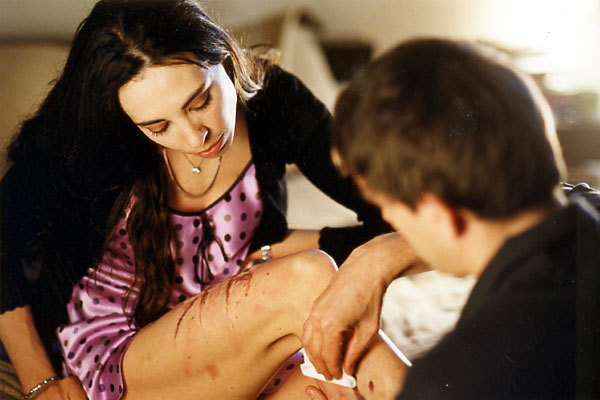
There’s quite a bit of violence in a great many contemporary films. Mainstream filmmakers even have it down to a science regarding what they can show on either side of the PG-13 / R boundary line. Violence in most movies is largely confined to incorporation as a narrative device (protagonist injures others or is injured thereby propelling or slowing down the progress of the plot).
If we’re lucky and things get a bit deeper, violence might form a metaphoric exploration of an idea like honor, loyalty or duty as in, for example, almost every Hong Kong action movie ever made. In the case even of much contemporary horror movie and TV violence, there is an aestheticization done in the service of producing either “OH GROSS!” campiness, or “OH WOW!” spectacle.
Through the NFE’s radical aesthetics of mediating raw human experience, however, the unflinchingly gruesome, deliberately repellent violence in movies like Marina de Van’s In My Skin and Pascal Laugier’s notorious Martyrs folds the viewer into the violence itself. Not, however as something exciting or entertaining. Here instead is a violence that is poetic and deeply communicative, and operates beneath its surface to implicate spectators themselves in the psycho-social landscape of violation. We must again differentiate this from aestheticization which serves a different purpose: to generate spectacle.
In My Skin uses violence to illuminate the inverted reality of the supposedly liberating effects of market capitalism. Sifting through the critical attention the film has received, not everyone seems concerned with the fact that Esther, the film’s titular protagonist who is also played by its writer/director, is specifically positioned within the story as a marketing executive. This specificity is important because it is one of the few expository details we are given.
As Esther struggles with increasingly obsessive and bloody efforts—shown with graphic, lingering bluntness—to exert control over her own body through acts of self-mutilation, this conflict escalates in direct proportion to her rising position within the firm for which she works.
The world of the film conspires, in what seems to be an increasingly literal way, to take her body away from her even as she works with increasing fervor to reassert her own agency. With the meticulous violence she performs upon her own body, she enacts the film’s thought that capitalism turns us into the very instruments by which it enacts its violence upon us.

Here might be a good place to propose, as an aside, a general rule of analysis that is especially useful to apply to films that appear unusual. Because of the great effort that goes into filmmaking, it is valuable to consider that every detail in a film is important. This becomes particularly important if something feels out of place or somehow not quite right. With films that might be experienced as lacking entertainment value, or that seem especially opaque or peculiar, it is always valuable to hold in one’s mind the touchstone questions “Why was this made in exactly this way?” and “What meaning might that detail (of technique, setting, performance, etc.) communicate?”
Martyrs presents us with multiple layers of deeply distressing and disorienting violations of the human body. The derangement of Lucie’s (Mylène Jampanoï) PTSD-fueled, chaotic violence in the film’s first half (for added effect, the feral creature that haunts Lucie is played by real-life circus contortionist Isabelle Chasse) is precisely countered by the clinically utilitarian inventiveness of the violence in the film’s second half.
This shift in the aesthetics of the film’s violence drives the film’s thematics forward as we are drawn inexorably toward the icy truth underlying the gut-wrenching horrors. In Martyrs the seeds of violence are, at each turn of the film’s double plot, planted by characters who represent social, scientific, political and/or economic power. These seeds are in this case personified, unlike the more free-floating ideological ones in In My Skin, but they are conceptually similar.
Even at the junction where the muddy waters of the NFE feed into the rush of the mainstream, Alexandre Aja’s High Tension and Xavier Gens’ Frontier(s) from Luc Besson’s powerhouse production company EuropaCorp attempt (with only limited success) to present narratives that hope to interrogate either the madness of patriarchy (High Tension) or the long history of modern socio-political pressures (particularly xenophobia) that maintain deadly divisions between people (Frontier(s)). Unfortunately both films devolve largely into bloody action set-piece spectacles, but their pretensions to social critique through violence make them worthy to a degree.
5. NFE engages in deep and adventurous probings of the human psyche
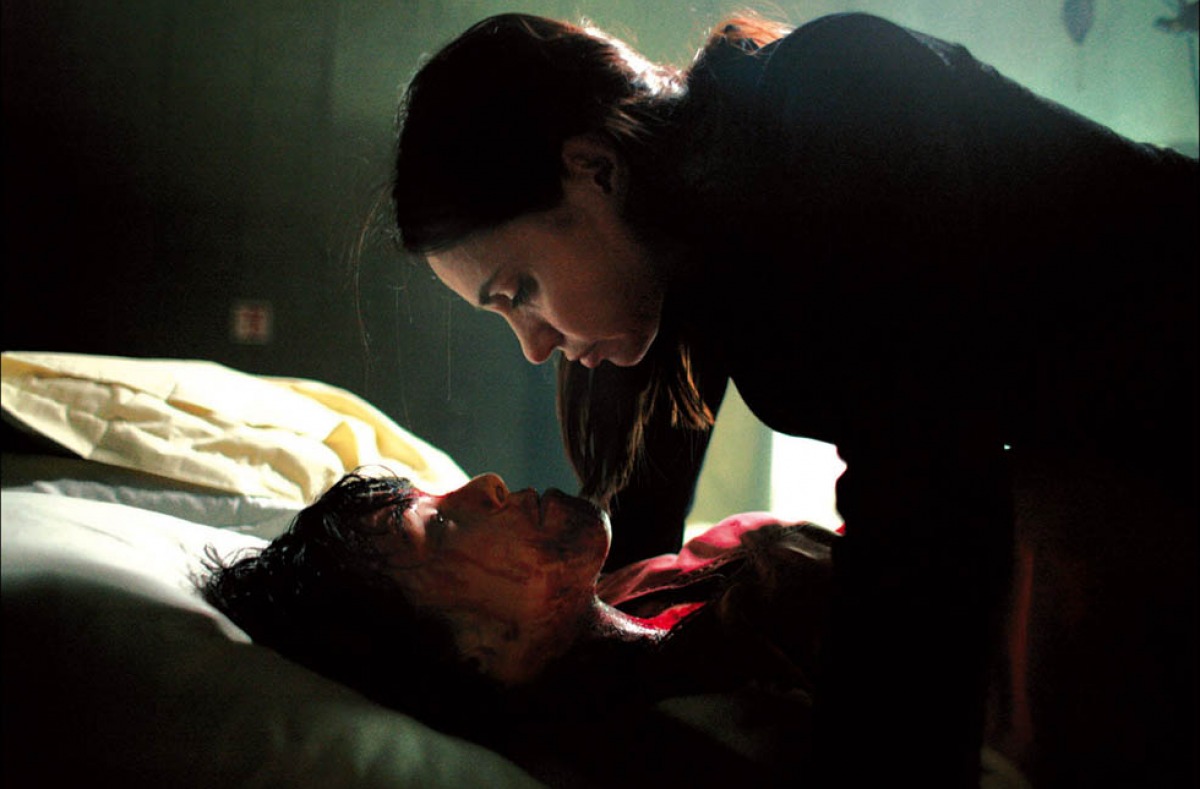
In one way or another, every film mentioned above functions to explore some aspect of human experience. This is true of all art, but NFE goes further out onto the edges of human experience. Often these are experiences that might either be taboo to explore openly (severe mental illness in Martyrs, crime from the perspective of the criminal in du Welz’s Alléluia, or extreme drug intoxication in Noé’s Enter the Void), or seldom discussed with such penetrating insight (the horrors of both victimization by and revenge for violence – the rape that sets Irreversible in motion, or the car accident that does so for Inside).
Perhaps more than any other group of films being made today, NFE films reside in uncomfortable ambiguities; firmly resisting tidy endings in favor of open, indeterminate ones that mimic the messiness of human experience. They build this same indeterminacy into the overall unspooling of their running times, leaning always toward the Brechtian distancing effect by remaining firmly ambivalent toward—persistently resisting direct judgement of—characters and their predicaments.
One major thematic space explored in the NFE is the space of human embodiment—the grounding of our existence in our physical bodies. Of course the violence performed upon bodies in NFE films is a part of this, but other aspects of embodiment are also present.
In La Vie Nouvelle Grandrieux draws a network of links between gestural (non-verbal) communication; dance driven by pulsating music; loss of bodily control in intoxication (and surrender of this control to the commands of another); repetitive animalistic movement (which is, at times, linked to sexuality, and to the partial disappearance of conscious agency in the heat of passion); the physical contortions of despair; and finally even stillness. A five minute sequence toward the end of the film is shot with black and white infrared film, which finally reduces the film’s moving bodies to pure heat energy that has left its impressions on the exposed celluloid.
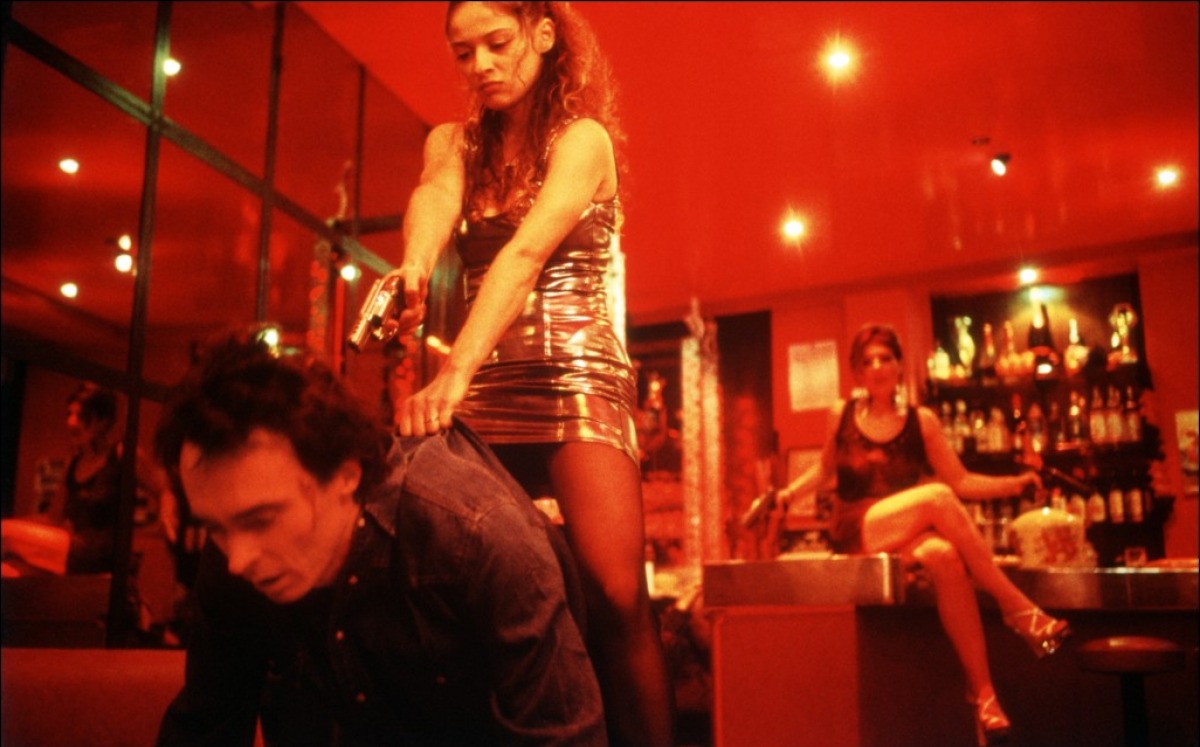
Many NFE films cycle through an alternation between the energies of sexuality and death within this broad space of human embodiment. While death is often depicted violently, at other times it is given more tender, even spiritual treatment. About a third of the way into Vinyan, Thaksin Gao (Petch Osathanugrah) has smuggled Jeanne and Paul Bellmer (Emmanuelle Béart and Rufus Sewell) into Burma to search for their son Joshua. At night Gao explains to Jeanne the floating paper lanterns people are lighting all along the beach:
“When someone dies a bad death, their spirit becomes confused. It does not know where to go or what to do.The spirit becomes angry; it becomes ‘vinyan’.”
“What do the fire lamps do?”
“Light is to help guide the vinyan home to the house of the dead. So vinyan can rest. Each light is for one spirit.”
Jeanne looks up into the night sky, “There’s so many…”
“You can light one.”
“Joshua’s not dead.”
“Not for Joshua, for me… Light one for me.”
This brief exchange hangs, foreboding, over the remainder of the film.
Author Bio: Jim has been a projectionist for over 25 years at the University of Michigan, where he earned his degree in film studies. He has long studied how formal aesthetics affect the creation of potentially life-changing meaning in art forms from film to architecture. He has presented multimedia lectures on anime, and composes experimental electronic music as The Fleshy Timeclock.